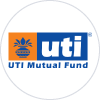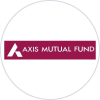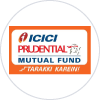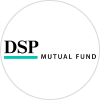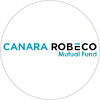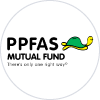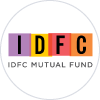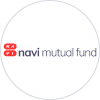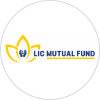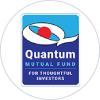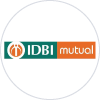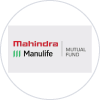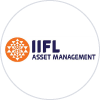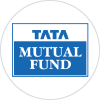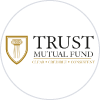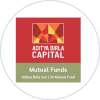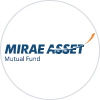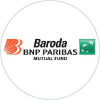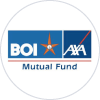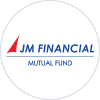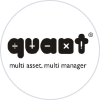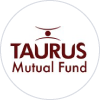Scheme type
AMC
Risk appetite
Rating
Returns

"Quant Multi Asset Allocation Fund-Growth Option - Regular Plan"
Min. investment
Rs. 1000.0
5 Year Returns
24.89%

"ICICI Prudential Retirement Fund - Pure Equity - Growth Option"
Min. investment
Rs. 100.0
5 Year Returns
24.15%

"ICICI Prudential Multi-Asset Fund - Growth"
Min. investment
Rs. 100.0
5 Year Returns
21.99%

"ICICI Prudential Equity & Debt Fund - Growth"
Min. investment
Rs. 100.0
5 Year Returns
21.99%

"HDFC Balanced Advantage Fund - Growth Plan"
Min. investment
Rs. 100.0
5 Year Returns
19.78%

"Bank Of India Mid & Small Cap Equity & Debt Fund - Regular Plan Growth"
Min. investment
Rs. 1000.0
5 Year Returns
19.71%

"Quant Aggressive Hybrid Fund - Growth Option - Regular Plan"
Min. investment
Rs. 1000.0
5 Year Returns
18.87%

"Kotak Multi Asset Omni Fof - Growth- Regular"
Min. investment
Rs. 100.0
5 Year Returns
18.50%

"ICICI Prudential Retirement Fund - Hybrid Aggressive - Growth Option"
Min. investment
Rs. 100.0
5 Year Returns
18.03%

"Mahindra Manulife Aggressive Hybrid Fund - Regular Plan - Growth"
Min. investment
Rs. 500.0
5 Year Returns
17.36%

"JM Aggressive Hybrid Fund (Regular) -Growth Option"
Min. investment
Rs. 100.0
5 Year Returns
17.34%

"UTI Aggressive Hybrid Fund - Regular Plan - Growth"
Min. investment
Rs. 500.0
5 Year Returns
17.32%
Frequently asked questions
How do hybrid funds work?
These funds try to balance risk and return, by investing in equity, derivatives, and debt. Derivatives reduce directional equity exposure. This reduces the volatility and generates a stable return.
How to find the best hybrid fund?
Hybrid funds are evaluated on the basis of consistency in return, fund management team, vintage, corpus, risk, return, and expense ratio. The best hybrid funds are those which consistently lie in the top 25% of their peer group over a period of time. However, it is important to see the risk that they have taken to achieve those returns. It is also important to look at the launch date to understand the period of existence and performance across the period.
What is the difference between hybrid fund and balanced fund?
Hybrid funds are funds that invest in a blend of more than one asset class. These could be debt/fixed deposit type of securities, equity, commodities (gold). Mostly hybrid funds invest in debt and equity in various proportions.
Balanced funds are just one type of hybrid funds. The name suggests balanced funds invest an equal amount in stocks and FD like instruments.
Is it safe to invest in hybrid funds?
Even though hybrid Funds are considered riskier than debt funds, they are safer than equity funds. They offer comparatively returns and lower risks.
Powered by Bajaj Finserv Direct Limited




